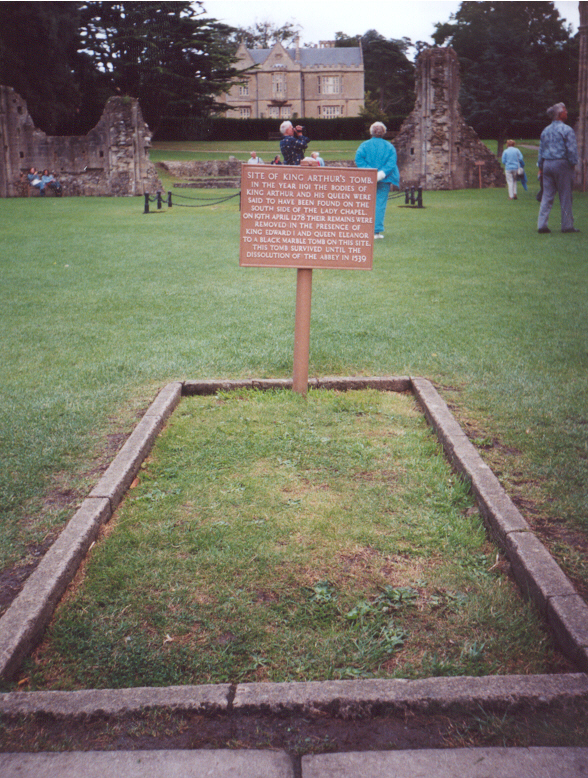 |
 |
 |
 |
 |
 |
 |
 |
 |
 |
 |
 |
 |
 |
 |
 |
 |
 |
 |
 |
 |
 |
 |
 |
 |
 |
 |
 |
 |
 |
 |
|
|
SOMERSET |
|
|
|
|
|
|
|
|
|
Glastonbury - For more information check out the links page. |
|
|
|
Glastonbury is just one of my favourite places, I get a feeling of total well being whenever I visit. Although in recent years the number of hippy/mystical shops appear to have reduced, it is a beautiful town surrounding by the rolling hills of avalon. The following places have to fit into the 'Stuff' half of 'Stones 'n' Stuff', and what fabulous stuff it is! |
|
|
|
 |
|
|
|
 |
|
|
|
|
Tor |
|
|
|
|
|
|
|
Overlooking the town stands a 15th century tower once part of St Michael's church. There are many myths surrounding this place, who knows the real truth. |
|
|
|
|
|
|
|
|
Chalice Well Gardens |
|
|
|
At the foot of the Tor in Chilkwell Street is the Chalice Well Gardens. There is a small fee to enter but it is well worth it. You enter another world that is filled with peace and tranquility. Let the waters from the ancient spring, known locally as the Red Spring, run through your fingers and heal your body.
The pool is in the shape of 'vesica piscis' a sacred christian symbol. The circumference of one circle goes through the centre of another identical circle. The bit in the middle is the vesica. This is shown more clearly on the wooden lid of the well (below). The pool was much deeper in the 18th & 19th century allowing for total immersion. |
|
|
|
 |
|
|
|
|
|
 |
|
|
|
The cool waters that flow from the lions mouth are here for you to drink. The daily flow is approx 25,000 gallons and it has a constant temperature. It never stops not even in times of drought. |
|
|
|
|
|
The Well |
|
|
|
|
 |
|
|
The word 'well' comes from the Anglo Saxon word 'Wella' meaning spring, and this is what it is, a natural spring. The well cover shown opposite is made of English Oak and was donated by Frederick Bligh Bond a famous Glastonbury archaeologist. |
|
|
|
|
The Abbey |
|
|
|
The Abbey holds much history but I shall draw your attention to a tiny piece. The so called grave of King Arthur which stands in the abbey grounds south of the Lady Chapel between 2 monumental pillars. Many years ago monks excavated the plot, they dug down several feet and unearthed a stone slab. Under this was a lead cross with a latin inscription, "Hic iacet sepultus inclitus rex arturius in insula avalonia". " Here lies buried the renowned King Arthur in the Isle of Avalon". Some smaller bones and a scrap of hair were explained as Guinevere's. The bones were put into caskets and in 1278 transferred to a black marble tomb before the high altar of the main Abbey church. There they remained until the Abbey was vandalised after the dissolution. Noone has seen them since and there whereabouts remains a mystery. |
|
 |
|
|
|





